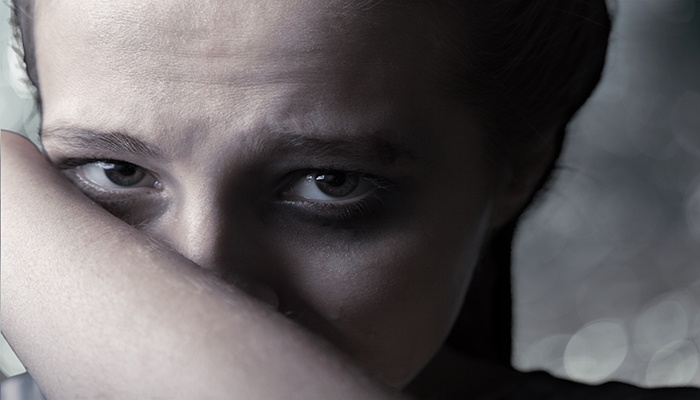Anxiety is often portrayed as a fleeting emotion—temporary nervousness before a speech, butterflies before a first date, or unease about a life change. But for millions, anxiety is far more pervasive, forming a tangled web that affects their daily lives, relationships, and sense of self. This “web of anxiety” is intricate and deeply rooted, connecting emotional, psychological, physical, and even social strands that can be difficult to untangle.
At its core, anxiety is the body’s natural response to perceived danger. It’s part of the “fight or flight” mechanism that has helped humans survive for thousands of years. However, in today’s world, many of the threats we face are not physical but psychological—pressure to succeed, fear of failure, social expectations, and uncertainty about the future. When these stressors become overwhelming or chronic, the body continues to react as if it is under threat, leading to persistent anxiety.
The web of anxiety often begins with subtle symptoms: restlessness, muscle tension, trouble concentrating, or difficulty sleeping. Over time, these can grow into more serious manifestations like panic attacks, obsessive thoughts, avoidance behaviors, or irrational fears. People caught in this web may feel constantly on edge or plagued by a sense of impending doom with no clear cause.
One of the reasons anxiety is so difficult to escape is because it feeds on itself. A person might feel anxious about being anxious. For instance, a racing heart during a stressful moment may trigger panic, which then reinforces the belief that something is seriously wrong—creating a vicious cycle. This feedback loop is a powerful thread in the web, one that strengthens the more it is left unaddressed.
Social and environmental factors add even more complexity. In the digital age, individuals are bombarded with images of success, beauty, and perfection. Social media, while connecting people globally, can also intensify feelings of inadequacy, comparison, and fear of missing out (FOMO). Add to that the instability of world events, economic uncertainty, and the fast pace of modern life, and it’s no surprise that anxiety rates are climbing worldwide.
Anxiety also rarely exists in isolation. It is often linked with other mental health issues such as depression, substance abuse, and eating disorders. These co-occurring conditions reinforce the web, making it harder for individuals to identify where one issue ends and another begins. For example, a person may use alcohol or food to numb their anxiety, which in turn can lead to guilt, health issues, or addiction—further exacerbating the problem.
Moreover, anxiety can impact physical health. Chronic stress affects the immune system, raises blood pressure, disrupts digestion, and even impairs memory and concentration. The more one tries to push anxiety away or ignore it, the more it seems to tighten its grip.
However, there is hope. Just as anxiety forms a web, so too can healing come from weaving a new pattern—one built on awareness, support, and self-compassion. Recognizing anxiety as a real and valid experience is the first step. Many people minimize their feelings or believe they should simply “get over it.” But anxiety is not a character flaw; it is a psychological condition that requires understanding and attention.
Therapies such as Cognitive Behavioral Therapy (CBT) help individuals identify and challenge distorted thinking patterns that fuel anxiety. Mindfulness practices, such as meditation and deep breathing, teach people to observe their thoughts without judgment, creating space between the trigger and the reaction. These techniques slowly unravel the tight strands of fear and worry.
Lifestyle changes can also make a significant difference. Regular exercise, a healthy diet, sufficient sleep, and limiting caffeine or alcohol can all reduce symptoms of anxiety. Building strong social connections—whether through family, friends, support groups, or therapy—provides a crucial safety net for those feeling isolated or overwhelmed.
Most importantly, compassion—toward oneself and others—is a powerful antidote. Many who suffer from anxiety are their own harshest critics. Learning to be kind to oneself, to accept imperfections and setbacks, is an essential part of healing. No one chooses to live in fear. Understanding this helps build empathy not just for oneself, but for the countless others navigating the same tangled web.
In conclusion, the web of anxiety is complex, but not unbreakable. Through knowledge, support, and a commitment to healing, individuals can begin to loosen the knots and reclaim their peace of mind. With time and effort, it is possible to transform the web of anxiety into a tapestry of resilience, self-awareness, and strength.







